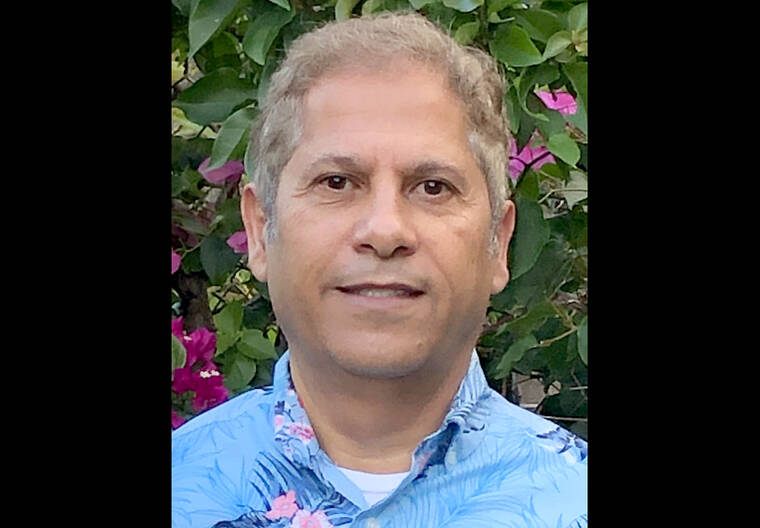Hawaii County is hoping to secure part of a $275 million federal recycling grant to pull the island out of its solid waste slump.
A recent survey discovered what county officials suspected: recycling facilities and collection systems are inadequate, there’s insufficient end markets and shortages of staff. Policies need to be redefined and strengthened and impacts of the system are most felt by rural and low-income communities.
A working group made up of representatives from Zero Waste Hawaii Island, the county Department of Environmental Management and community members with expertise in recycling, reuse and source reduction distributed the survey in June to small businesses nonprofits, Native Hawaiian organizations, education, tourism, County Council, county agencies, housing community associations and individuals.
The next step is to hire a grant writer and a facilitator for stakeholder meetings to get the application process moving, advocates say.
The current solid waste situation bills down to money, Environmental Management Director Ramzi Mansour told the Environmental Management Commission on Wednesday.
“We’re not getting enough to do all the services, and we need to find ways within our means. We need to chase grants,” he said. “We need to do everything we can to continue these programs. They’re very important to the island.”
The county’s solid waste and recycling budget is about $45.6 million, just 4% of the county general fund budget. Slightly less than 20% of the county’s waste is diverted from the landfill through various programs.
The West Hawaii landfill at Puuanahulu — the only usable landfill on the island — has an estimated 15 to 20 years left, Mansour said, but recycling programs are far more expensive than simply land-filling. For example, throwing trash in the landfill costs $116 per ton, while the most expensive recycling program, household hazardous wastes, costs $5,000 per ton to dispose of.
Some members of the public are advocating a resource recovery park at the Keaau or Hilo transfer station as a pilot project. The facility would include stations allowing for separation of cardboard and paper and food for composting, construction materials, textiles, segregated plastics and the like.
Land would be dedicated for shredding, composting and distribution of compost. A “fix it” station, including a tools library and educational opportunities on repair, could be set up to encourage reuse. Warehousing and processing space could be allotted for reuse/recycling entrepreneurs.
Another idea is what Mansour called the “Euro model.” This would entail creating a spot for recycling containers in each subdivision, similar to how apartment buildings and condominium associations now handle refuse and recycling. The Euro model would allow 4-cubic-yard bins for recycling and waste which would be hauled off by commercial recyclers for a fee.
A container that size stands roughly 6-feet long, 4.5 feet wide and 4 feet high, holding about two dozen 33-gallon garbage bags.
“Do people want it in their subdivision? ” Mansour asked. “There will probably be objections, it could probably be an eyesore.”
Another concern, said Commissioner Melissa Cardwell, would be an educational component to ensure properly sorted, clean materials go in each bin.
“The education piece is completely important with this,” she said.
Email Nancy Cook Lauer at ncook-lauer@westhawaiitoday.com.



